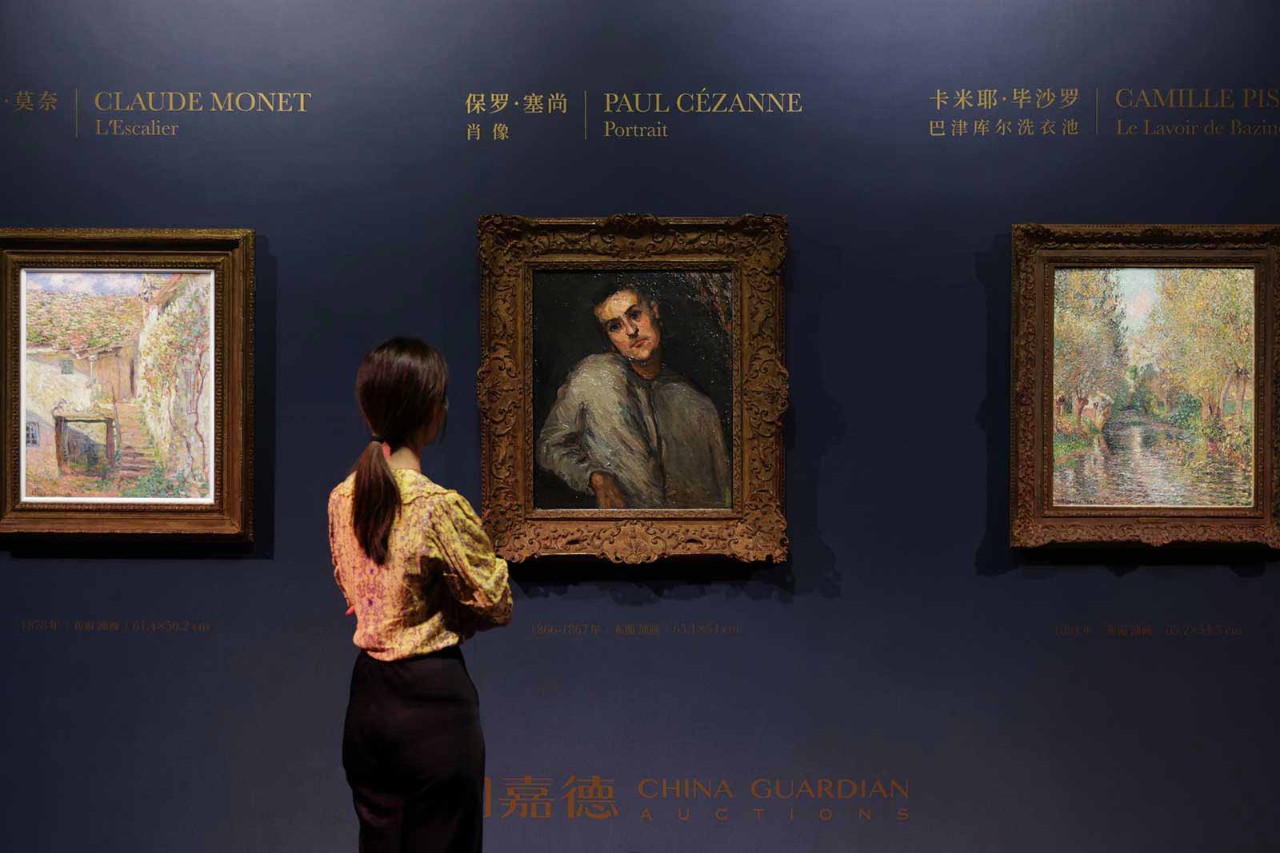The past few years have been somewhat of a roller coaster for mainstream investors. To wit: the best-performing asset classes in 2022 coughed up a year’s worth of gains in January of 2023 alone. And between rising interest rates and persistent bouts of inflation, it hasn’t been easy to design and maintain a stable investment portfolio.
However, finding the right mix of assets to include in your portfolio is still possible, especially for investors willing to think outside of the box a bit. Then, they can diversify their portfolios by taking advantage of some asset classes that are typically out of reach to the average investor.
One excellent example of this is fine art. This asset class is a favorite of the ultra-wealthy and one that’s generated returns that would make the average investor green with envy. The reason it doesn’t get as much attention as stocks, bonds, and cash equivalents is that one traditionally needs market expertise and a great deal of money to effectively invest in fine art.
Fortunately, though, that’s all changing, thanks to a startup called Masterworks. To elaborate, here are some tips on how to diversify your portfolio by adding fine art to your asset mix – and how Masterworks facilitates that for the average investor.
Define Your Budget

The first thing that you’ll need to do to diversify your portfolio by investing in fine art is to define your budget. However, in order to do that, you need to make sure that your existing investment portfolio is already well-diversified among traditional asset classes. Then, you can add fine art as a supplementary asset class to meet your long-term needs.
If slow, steady growth is your overarching goal, balance your assets between asset classes whose values exhibit little to no correlation. That will help you hedge your bets and prevent big losses if any one class enters a downturn.
Once your existing portfolio is prepared, you should plan to add between 5% and 15% of its total value worth of fine art investments. Some experts claim that it’s a good idea to push that percentage up to 25%, but beginners are best served by starting small and increasing their holdings later.
If you’re already on a fixed income, you may need to liquefy a part of your existing investments to free up the capital you need. If so, pay careful attention to the tax implications of your sales before you act. Otherwise, try and map out an investment strategy that will allow you to amass the capital you need over time, withholding it for use in building your fine art portfolio.
Target a Specific Type of Art

Once you’ve accumulated some capital to spend, the next thing you’ll need to do is to decide what kind of art you wish to invest in. The reason you should choose one specific type is that you’ll first need to take some time to understand the basic features of the market you plan to invest in.
For example, the aforementioned Masterworks deals predominantly with contemporary art. They focus on that type of art, because it features high appreciation opportunities and excellent turnover.
For an investor with little experience, it’s the perfect type of art to get started with. Plus, Masterworks lowers barriers to entry into the market because it offers a novel fractional share investment system. It also handles the asset evaluations for you, so you don’t need to become an art expert before beginning your investment journey.
Choose Specific Artworks and Invest

Once you settle on a type of art you wish to invest in, you will need to start looking at individual pieces of art so you can decide where to allocate your capital. Once again, Masterworks helps with this by providing its members with deep and detailed statistical data on the financial performance of all of the artists whose pieces they’ve purchased.
This should give you a decent idea of what kind of turnover you should expect and the kinds of returns a given artist’s work typically generates.
In general, if you’re pursuing an investment strategy focused on strong medium-term gains, you’ll want to choose artists with strong turnover. That will help increase the chances that you can cash out when you want to, and won’t have to wait for years to realize the gains on your investment. The Masterworks platform’s secondary market can help in this regard.
Conversely, if you’re playing the long game, you can feel free to choose an artist with the best track record for price appreciation, regardless of time scale. That way, you can expect maximum returns that you can realize later on.
Investing Like a Titan

If you opt to make fine art a part of your investment portfolio, you’ll be joining some elite company. And if you choose to do it via Masterworks, you’ll get to do it easily and without the need to spend millions of dollars you don’t have.
All it takes to get started is a single phone call, during which a Masterworks specialist will set up your account and get to know you and your investment goals. They’ll even give you some recommendations to get you started based on what you discuss with them. Then, you can begin diversifying into fine art and reap the strong returns that typically come with it.
Understand Market Trends and Artist Potential
Before investing in fine art, it’s crucial to understand market trends and the potential of different artists. This step involves researching historical data and current market dynamics to identify which artists and art periods are gaining traction. Masterworks provides insights into market trends, helping investors make informed decisions. For instance, while contemporary art might be popular now, there could be a growing interest in other periods or styles. By staying informed about these trends, you can better predict which artworks might appreciate in value.
Moreover, evaluating an artist’s potential is key. Look for artists with a unique style, growing recognition, and a solid track record of exhibitions and sales. Masterworks can guide you in identifying such artists, but doing your own research and developing an understanding of the art world will further empower your investment choices.









